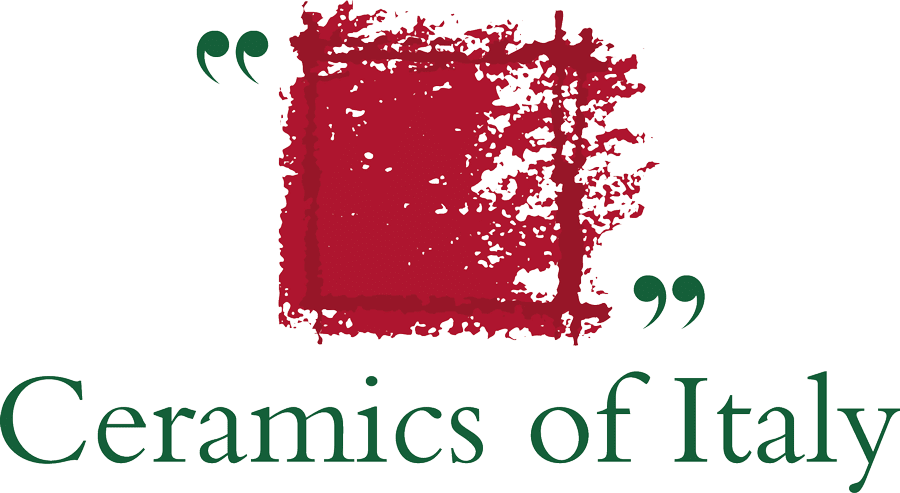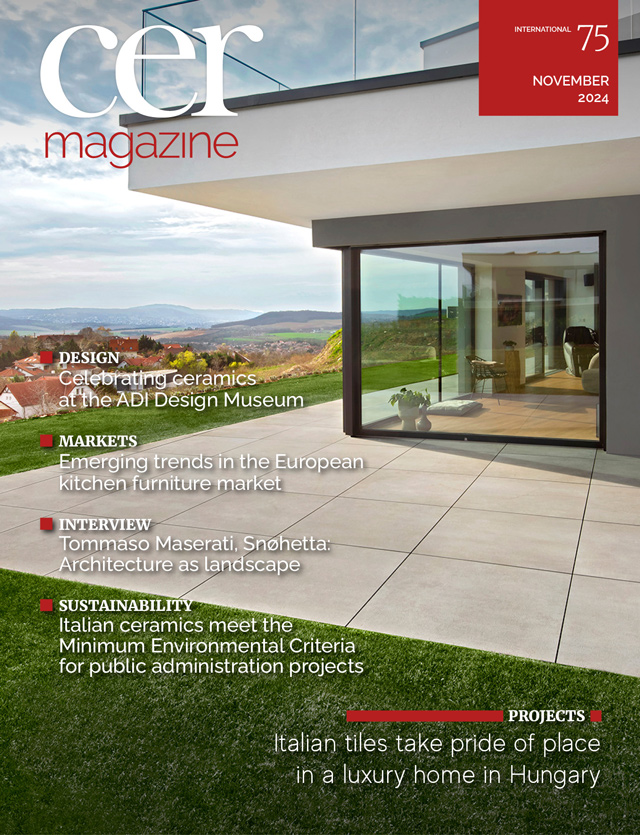Italian ceramic tiles are ideal for use in public building projects because they meet the Minimum Environmental Criteria (CAM in Italian) laid down by the Italian Ministry of the Environment as a prerequisite for participation in calls for tenders launched by public administrations.
Minimum Environmental Criteria (CAM)
On 11 January 2017, the Italian Ministry of the Environment issued the “Minimum Environmental Criteria for interior furnishings, building and textile products”. This legislation establishes rules for managing public administration contracts in the field of renovation and new construction with the aim of incentivising the design and construction of buildings with a reduced environmental impact.
Italian ceramic tile is a free-draining material
One of the Minimum Environmental Criteria stipulates the use of free-draining materials for the construction of surfaces intended for use by motor vehicles, pedestrians and bicycles. Paving made of high-thickness exterior Italian ceramic tiles meets this criterion as it is a free-draining material that withstands stress and heavy loads.
Limited heat island effect
One of the Minimum Environmental Criteria is the choice of materials that limit the heat island effect responsible for a hotter microclimate in urban city areas compared to the surrounding suburban and rural areas. Italian ceramic tile is particularly suited to meeting this criterion due to its high solar reflectance index.
The use of renewable energy sources
The Minimum Environmental Criteria require that the building’s overall energy requirements are met as far as possible by systems based on renewable sources. For external cladding, special solutions consisting of ceramic tiles integrated with photovoltaic panels are being designed to meet these criteria.
Water saving
For the purposes of water saving in newly constructed or extensively renovated buildings, the regulations require the installation of sanitary appliances equipped with dual flush cisterns (one a complete 6-litre flush and the other a reduced maximum 3-litre flush). Many Italian ceramic WCs meet these requirements, with values that are often lower than those stipulated.
Absence of Volatile Organic Compounds
In accordance with the Minimum Environmental Criteria, finishing and flooring materials must meet specific emission limits for Volatile Organic Compounds (VOCs). These limits do not apply to Italian ceramic tiles and sanitaryware as the material is recognised as being inert and free of harmful emissions.
Content of recycled material
Materials used in public administration projects must have a percentage of recycled content. Specifically, when adding together the contributions of all the products used in the building, at least 15% of the total must consist of recycled materials.
The Italian ceramic industry recycles 99.9% of its production waste within the process and makes a significant contribution to meeting the established thresholds.
The bonus score
When evaluating a project, the awarding authority will assign a bonus score if the bid stipulates the use of materials extracted, collected, recovered or processed at a maximum distance of 150 km from the construction site. Ceramic products to be installed in the building can also contribute to this score in proportion to their weight.
Structural clay products also meet the Minimum Environmental Criteria
According to the Minimum Environmental Criteria, structural clay products are an excellent starting point in terms of energy and environmental performance. These materials ensure excellent thermal and energy-saving performance in both winter and summer.




 Architects
Architects
 Construction firms
Construction firms
 Dealers
Dealers
 Installers
Installers


